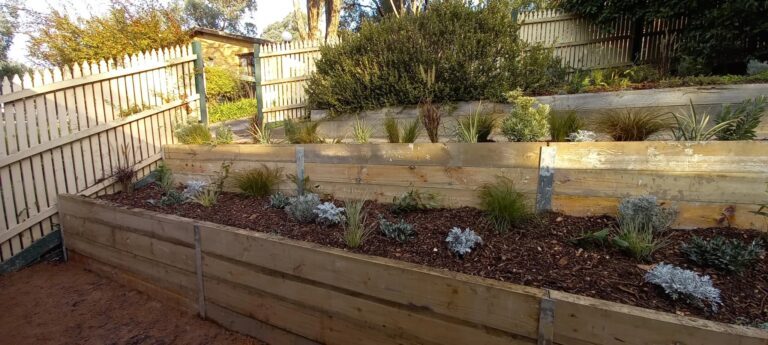In today’s mobile-first world, Android users access apps across a variety of devices, from smartphones and tablets to foldables and even TVs. Ensuring your app looks and works seamlessly across all these screen sizes and orientations is crucial. Responsive layouts, which adapt to different screen sizes, allow for an optimal user experience regardless of the device being used. This guide will take you through the step-by-step process of building responsive layouts for Android apps, a must-have skill in android app development services.
Why Responsive Design Matters in Android App Development
Android is one of the most diverse mobile ecosystems, with devices ranging from budget smartphones to high-end foldables and tablets. A responsive layout ensures your app provides a consistent and attractive user experience across different screen sizes and orientations. For businesses investing in android app development services, responsive design enhances user satisfaction, engagement, and retention.
Step 1: Understanding the Basics of Responsive Layouts
Responsive design on Android involves using flexible layouts, dynamic sizing, and density-independent pixels (dp) to create a layout that adjusts fluidly across devices.
- Use ConstraintLayout: ConstraintLayout allows you to position UI elements relative to each other, making it easier to create complex layouts that adapt to different screen sizes.
- Size with Density-Independent Pixels (dp): Use dp to maintain consistent sizing across devices with different screen densities.
Step 2: Employing Flexible Grid and Adaptive UI Components
Flexible grid-based layouts allow content to wrap and rearrange smoothly on varying screen widths. For example:
- GridLayout: Use GridLayout to display items in a grid. The grid will automatically adjust based on screen size, making it ideal for image galleries or catalog layouts.
- RecyclerView: RecyclerView with StaggeredGridLayoutManager can help present a dynamic list or grid, which automatically adjusts column count based on available space.
By leveraging these components, android app development services providers can ensure the app remains visually balanced on all devices.
Step 3: Configuring XML Layouts for Multiple Screen Sizes
Define multiple layout resources for various screen sizes to ensure the app adapts to each type of device. Here’s how:
- Create Alternative Layouts: Android supports specific resource qualifiers (e.g., layout-sw600dp for tablets) to serve different layouts based on screen size. Using these qualifiers helps you customize the UI for different device types.
- Use Guidelines and Barriers: Within ConstraintLayout, guidelines and barriers help create flexible spaces, allowing items to scale and adapt within a single layout file.
Step 4: Leveraging ViewModel and LiveData for Dynamic Layout Updates
When building apps that need real-time updates, ViewModel and LiveData provide a powerful combination. They allow you to separate your UI logic from business logic and update layouts dynamically without reloading screens. This structure is especially effective when developing responsive layouts within android app development services, as it minimizes disruptions for users across devices.
Step 5: Testing Responsiveness Across Devices
Testing is critical to ensuring responsive design works as intended. Android Studio’s built-in Layout Inspector and Device Manager allow you to view your app on various screen sizes and resolutions.
- Use Android Studio’s Layout Inspector: Inspect the layout hierarchy to verify each UI component’s positioning and scaling.
- Test on Physical Devices and Emulators: Testing on multiple physical devices and emulator configurations (e.g., foldables, tablets) provides insights into how the app performs under real-world conditions.
Step 6: Managing Orientation Changes with Responsive Layouts
Orientation changes can impact app layout, and responsiveness should handle both portrait and landscape modes.
- Implement OnSaveInstanceState: This method ensures user data is preserved during configuration changes.
- Use Fragment Containers for Flexible UI: Fragments allow you to modularize and adjust the app layout based on screen orientation, ideal for creating flexible interfaces across Android devices.
Benefits of Responsive Layouts in Android App Development
For businesses looking to maximize their reach, responsive layouts ensure a consistent experience that drives user satisfaction. By implementing responsive design principles, android app development services can create apps that not only look great on any device but also improve accessibility, load time, and engagement.
Conclusion
Creating responsive layouts in Android apps requires attention to layout structure, flexible UI components, and thorough testing across devices. For businesses utilizing android app development services, focusing on responsive design can significantly enhance app performance, brand perception, and user engagement.
Split Reef is a custom mobile application development company that is based out of Columbus, Ohio and Jacksonville, Florida. Offering a range of mobile application development services, Split Reef works with clients to develop iOS and Android applications, provide website development and management, and digital marketing. With an experienced team working behind the scenes, Split Reef is a results driven responsive web design company that keeps up-to-date with industry advancements.












